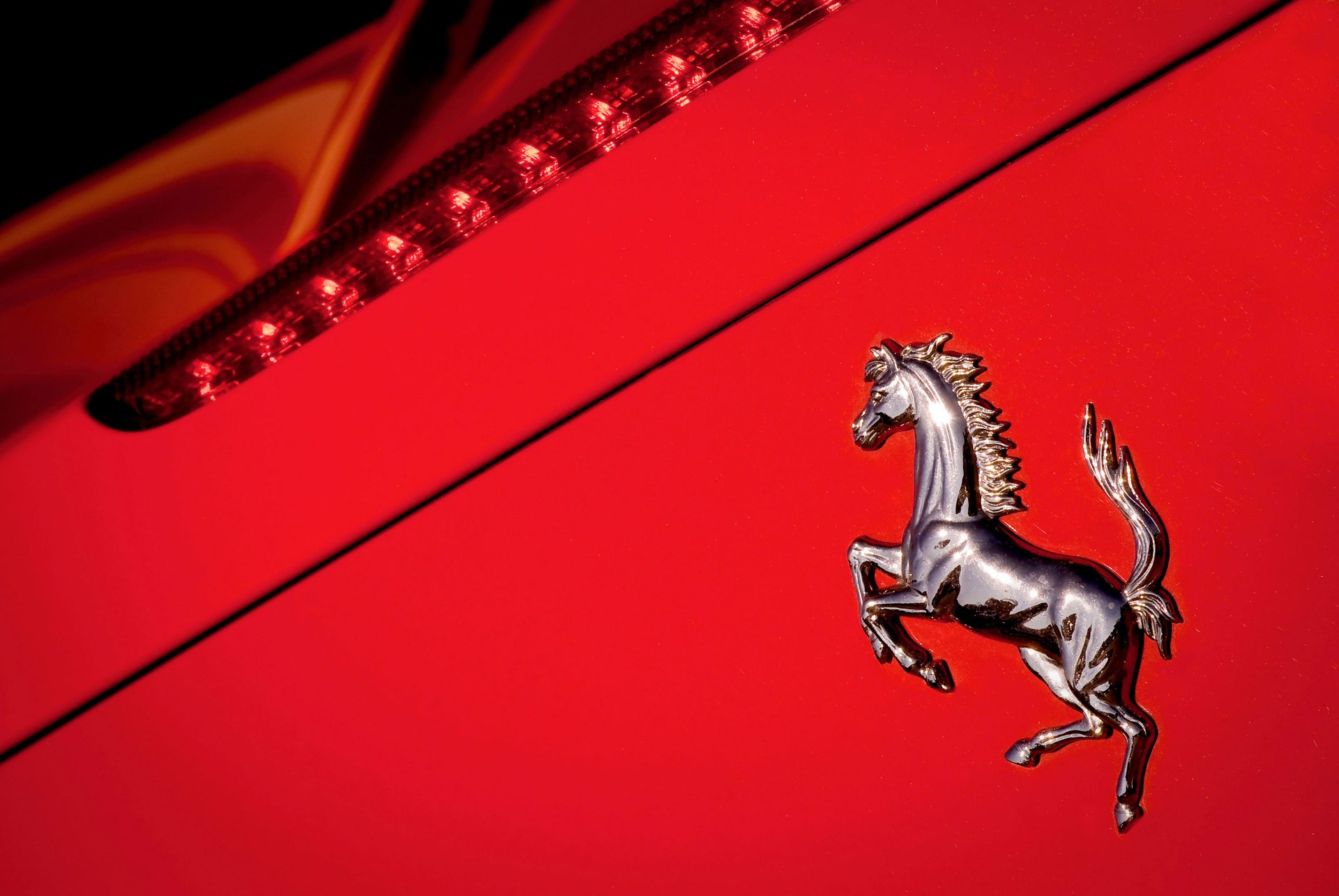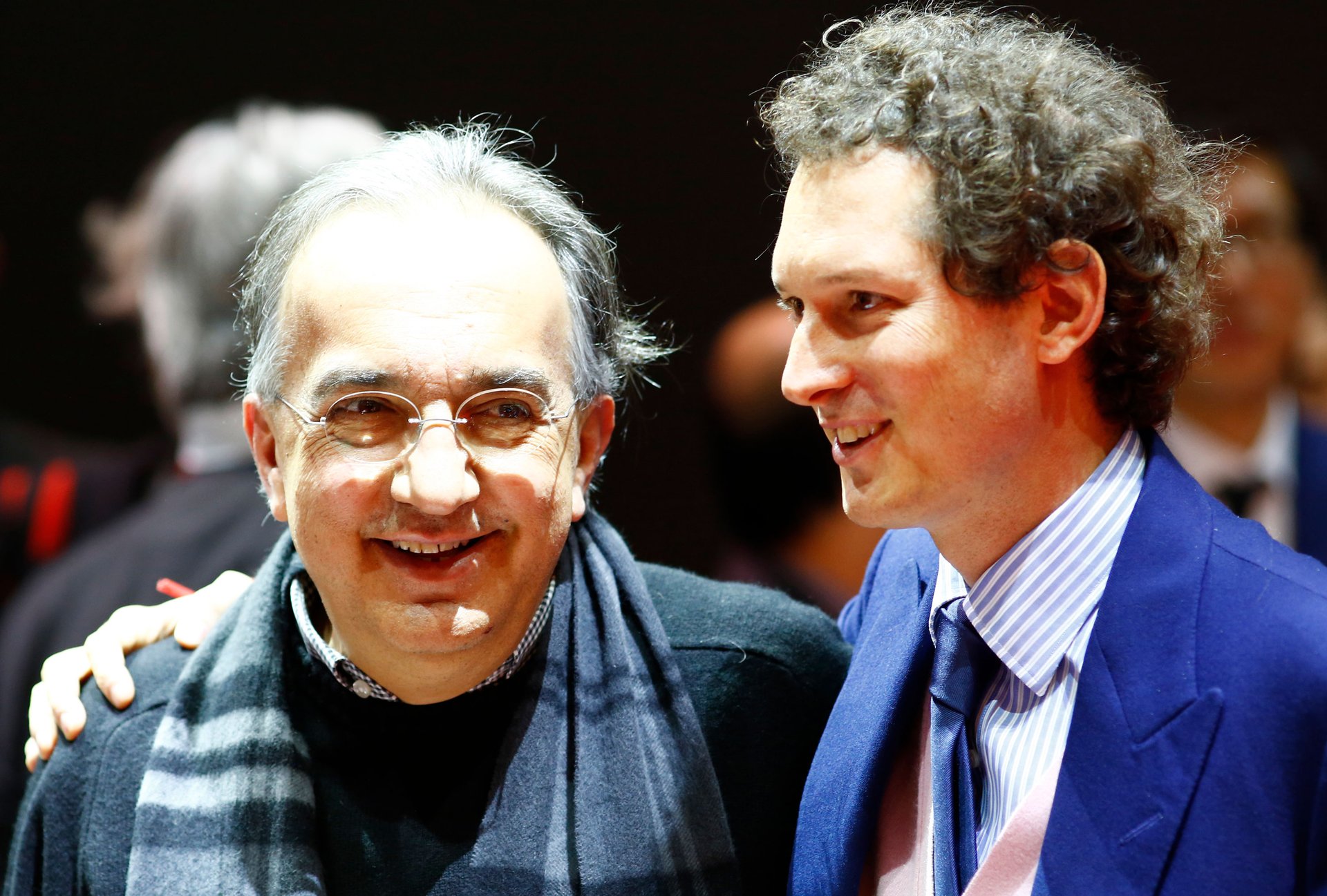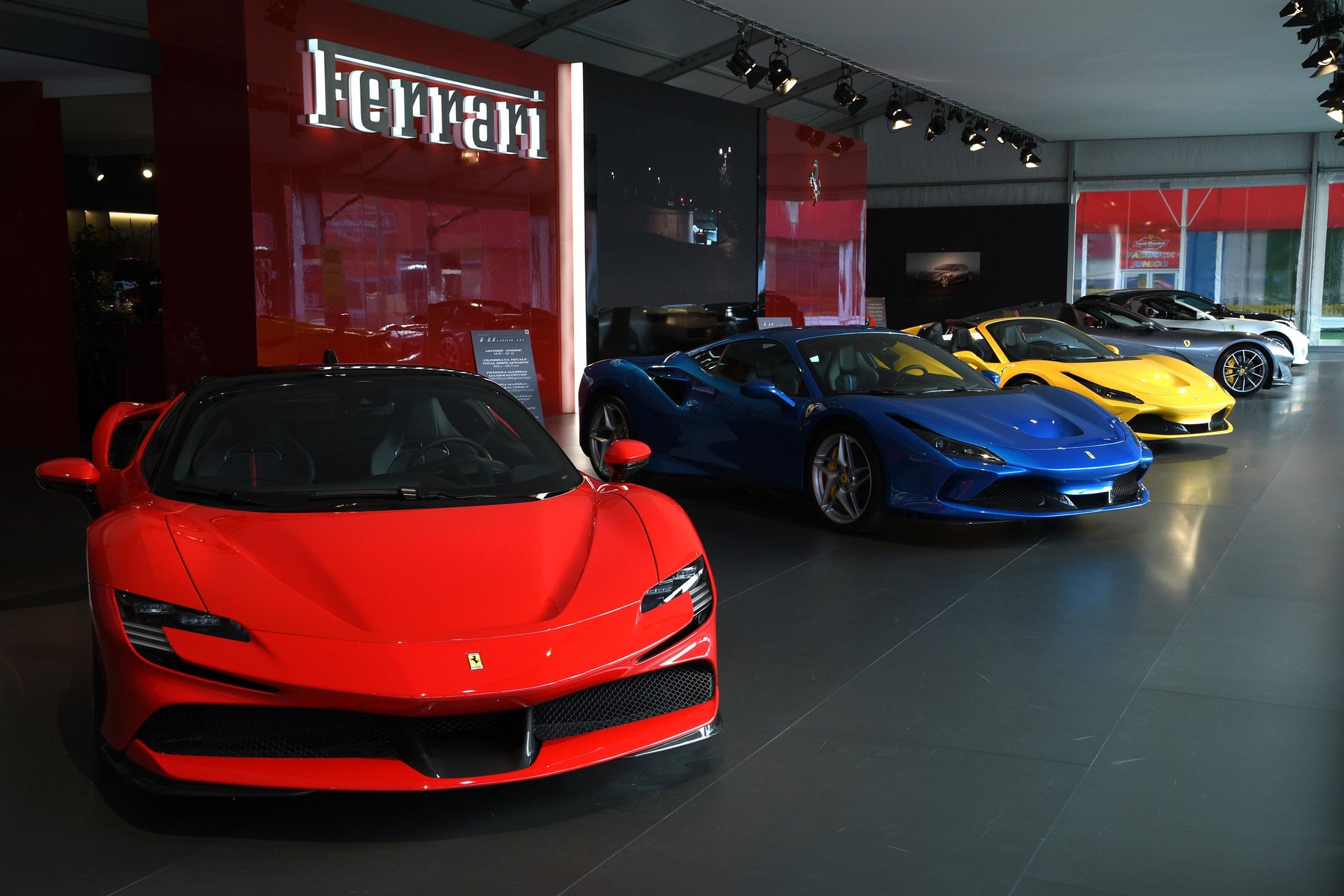November 2020
Article
From Musk to Maranello
Claire Shaw – Portfolio Director
Love them or hate them, electric cars are here to stay. From Tesla to Ferrari read how leading car makers play their part in the transition to electric.

All investment strategies have the potential for profit and loss, your or your clients’ capital may be at risk.
“If we are unable to keep up with advances in high performance car technology, our brand and competitive position may suffer... for example, in the next few years luxury performance cars will increasingly transition to hybrid and electric technology"
John Elkann, Chairman of FerrariElectric vehicles and their makers have had a rough ride, just ask Elon Musk of Tesla Motors. Few companies or their founders have attracted as much praise, derision, scepticism and enthusiasm as the electric vehicle pack leader. This rollercoaster is likely to continue in the near term due to the residual scepticism about whether automakers should sacrifice existing profit pools by investing in electric vehicle production. But love them or hate them, electric cars are here to stay. Tesla is, after all, now the most valuable automaker in the world. Since the start of this year we have seen gathering evidence of one of the most significant societal and investment transitions of our lifetimes – the wholesale shift away from carbon. Depressed (and even negative) oil prices support this thesis, as does the observation that in the first quarter of 2020 the Tesla Model 3 was the bestselling car in California, the place that so often provides a window to the future. The cost of solar power is decreasing; battery power is improving; and storage costs are falling with battery density simultaneously rising. These factors, combined with huge investment and ever-increasing knowledge, mean that the transition to renewable energy and electric vehicles is now irreversible.
Out of Nowhere
This seismic shift that has not gone unnoticed in the boardrooms of global automakers. When asked at the 2016 Geneva Motor Show if Ferrari, the world’s leading luxury car maker, would be interested in building an all-electric car, its then Chairman, the late Sergio Marchionne, was non-committal. But sometimes a company’s greatest strength can be its ability to recognise its own weaknesses and evolve. Ferrari’s stance on producing an all-electric car has been changing and is a fitting legacy for Marchionne, known for his own adaptability and innovative thinking. Indeed by 2017, he was promising, “If there is an electric supercar to be built, then Ferrari will be the first.”

This is good because it was never going to be an easy ride. The company refers to “the stylistic purity of its bloodline”. Ferrari’s cars are not designed for shrinking violets: sensory overload is as important to the driver experience and brand as mechanical mastery. For this reason, it’s perhaps no wonder that the company has taken its time to embrace cleaner engine technology. Ferraristas (as its fans are known) want to wake the neighbours with the thunderous roar from their internal combustion engines. The worry is that if you take that away, can it truly be called a Ferrari?
A New Chapter
The company believes so, though they would be first to admit that staying true to the brand DNA, while embracing new forms of quieter and greener motor technology, has been challenging. Ferrari unveiled its first top-of-the-range series production hybrid – the SF90 Stradale – at Maranello last year. At the time, the company emphasised that this was the start of an exciting new chapter, rather than a break from tradition. The ‘SF90’ name pays tribute to the 90th anniversary of the foundation of the racing team, Scuderia Ferrari, and is meant to underscore the close links between Ferrari’s track and road cars. It also signals that this ‘Prancing Horse’ is part of the same stable and shares a common lineage with its non-hybrid stable mates.
If Ferrari was nervous about how this crossbreed might be perceived, it must be pleased with the reaction. Despite the SF90 propelling itself to near the top of its price range, and some initial scepticism from purists, the acceleration in orders illustrates that it has succeeded in remaining true to its identity. The launch of the plug-in SF90 hybrid has “blown customers away” enthused CEO Louis Camilleri. He believes the model will be an attractive proposition for Chinese consumers over the coming year because it attracts a significant tax break as a hybrid. When Camilleri speaks of the SF90, it is as a proud padre speaking of his offspring. He waxes lyrical on all the features and engineering complexities of the supercar and revels in telling customers that it contains more than 100 million lines of coding, more software than an Airbus A350.

Proceeding With Caution
Naturally, the next question to arise is, when will we see a fully electric Ferrari? Here, Camilleri is more cautious, he says the company will need to take its time to ensure that any electric version will be true to “Ferrari DNA”. There will after all be a large cohort of customers that will require assurance that a Ferrari can be fully electric. It is also a sign that the company is not prepared to compromise the technological aspects of its brand for the sake of launching a fully electric car. “We build cars unique in terms of their performance, innovations, technology, driving pleasure and design.” It seems likely that we will get our first glimpse of a fully-battery powered Ferrari emerging from the stable ‘after 2025’, because Camilleri acknowledges the battery technology is not there yet.
The Direction of Travel
What is clear is that hybrids and electrics are an increasing area of focus for the world’s leading luxury car maker. Since its IPO in 2015, it makes ever more frequent mention of “hybrid” and “electric”– in their Annual Reports, references to the former increased six-fold in a four-year period and to the latter have jumped even higher (see chart below). In their most recent report, the company introduced a dedicated section outlining how failing to make the transition to the hybrid and electric market, could have material consequences for the business. As a result, a significant proportion of its €699 million research and development spend last year went toward improving its hybrid technology.

Tesla should be watching its rear-view mirrors, because Ferrari intends to be a serious challenger in the electric car market. In some ways, Tesla is the antithesis of Ferrari: the young hungry upstart disrupting a industry which is over 150 years old whilst aiming to become a mass manufacturer. On the other hand, Ferrari is an old master, that strongly limits its production to preserve exclusivity as well as high margins. Yet what they share sets them apart from the global automakers. For car buyers they possess an alluring mystique, built on a strong foundation of being uncompromising on performance, luxury and style.
Opinions remain divided among the legacy automakers. Toyota’s Bob Carter who warns of an ‘electrified armageddon’ where the cost premium will result in supply getting ahead of customer demand. Whilst Volkswagen CEO Herbert Diess stated in July 2020, “in five to ten years the most valuable company in the world will be a mobility company – Tesla, Apple or Volkswagen.” In creating a buzz around their electric car offerings, Tesla and Ferrari are playing their part in the transition to electric. They are forging ahead in their respective lanes, and that is why both companies can sit side-by-side as long-term holdings in the Scottish Mortgage portfolio.
Risks factors
The trust has a significant investment in private companies. The trust’s risk could be increased as these assets may be more difficult to sell, so changes in their prices may be greater.
About the author - Claire Shaw
Portfolio Director
Claire Shaw is a portfolio director and plays a prominent role in servicing Scottish Mortgage’s UK shareholder base. Before joining in 2019, she spent over a decade as a fund manager with a focus on managing European equity portfolios for a global client base. With a background in analysing companies and communicating investment ideas, Claire is also responsible for creating engaging content that makes the Scottish Mortgage portfolio accessible to all its shareholders. Beyond that, she works closely with the managers, meeting with portfolio companies and conducting in-depth portfolio discussions with shareholders.
Important information
This communication was produced and approved at the time stated and may not have been updated subsequently. It represents views held at the time of production and may not reflect current thinking.
This content does not constitute, and is not subject to the protections afforded to, independent research. Baillie Gifford and its staff may have dealt in the investments concerned. The views expressed are not statements of fact and should not be considered as advice or a recommendation to buy, sell or hold a particular investment.
Baillie Gifford & Co and Baillie Gifford & Co Limited are authorised and regulated by the Financial Conduct Authority (FCA). The investment trusts managed by Baillie Gifford & Co Limited are listed on the London Stock Exchange and are not authorised or regulated by the FCA.
A Key Information Document is available by visiting our Documents page.
Any images used in this content are for illustrative purposes only.





